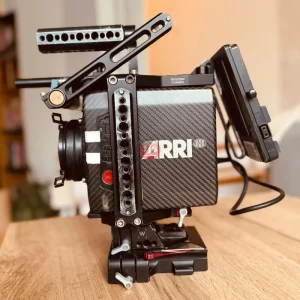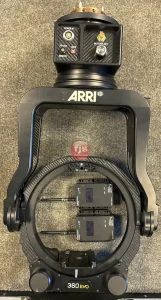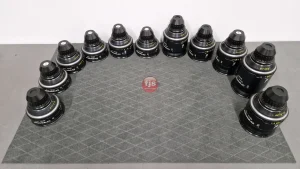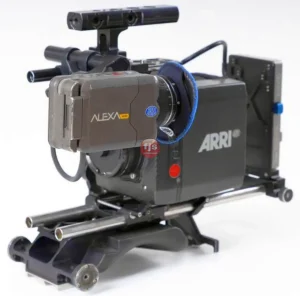Prime lenses might seem like a simple category, but they actually encompass a wide range of focal lengths, each suited to different applications in photography. While there isn’t a universally accepted classification system for prime lenses, here are three broad categories that group prime lenses based on their focal length and typical uses:
1. Wide-Angle Prime Lenses: Capturing the Big Picture
- Focal Length Range: Typically from 10mm to 24mm
- Applications: Ideal for landscape photography, architecture photography, astrophotography, and capturing expansive indoor shots.
- Pros: Wide angle of view allows you to include a broader scene in your frame. Great for capturing vast landscapes, cityscapes, or tight indoor spaces.
- Cons: Can distort objects at the edges of the frame (especially at wider focal lengths). Not ideal for portraits or isolating subjects.
2. Standard Prime Lenses: Seeing the World Naturally
- Focal Length Range: Generally between 35mm and 50mm
- Applications: Excellent for everyday photography, street photography, photojournalism, and environmental portraits.
- Pros: Offers a natural perspective similar to the human eye. Versatile for various subjects and situations. Often lightweight and compact.
- Cons: Not ideal for extreme close-ups or telephoto work. May require you to move closer or further from your subject to frame your shot.
3. Telephoto Prime Lenses: Bringing Distant Subjects Closer
- Focal Length Range: Usually starts from 70mm and can extend up to 135mm or even longer
- Applications: Well-suited for portrait photography, sports photography, wildlife photography, and isolating background details.
- Pros: Compresses the background for a more flattering perspective in portraits. Allows you to capture distant subjects with a larger field of view compared to standard lenses.
- Cons: Can be bulky and heavy compared to wider lenses. Not ideal for capturing expansive scenes.
Choosing Your Perfect Prime Lens
The best prime lens for you depends on your photography style and what you love to shoot. Consider these factors when making your choice:
- What are your favorite subjects? Landscapes? Portraits? Street scenes? Different focal lengths excel in different areas.
- Do you value portability? Wider prime lenses tend to be lighter and more compact.
- How much background blur do you want? Longer focal length lenses create a stronger bokeh effect.
Conclusion: Unveiling the World with Prime Lenses
Prime lenses offer a unique perspective and a rewarding shooting experience. By understanding the strengths of wide-angle, standard, and telephoto prime lenses, you can unlock their creative potential and capture stunning images that reflect your vision.
Frequently Asked Questions:
- Are there any prime lenses outside these categories?
Absolutely! These categories are a broad way to classify prime lenses. There are prime lenses available in even wider focal lengths (ultrawide) and even longer ones (super telephoto) for specific applications.
- Can a prime lens replace a zoom lens?
Not necessarily. Prime lenses offer superior image quality and other benefits, but they lack the zoom functionality. However, some photographers choose to work primarily with prime lenses to hone their compositional skills.
- What’s the best way to learn about prime lenses?
Experimenting with different focal lengths is a great way to discover what works for you. Many photographers recommend starting with a versatile prime lens like a 35mm and then expanding their collection based on their needs.







